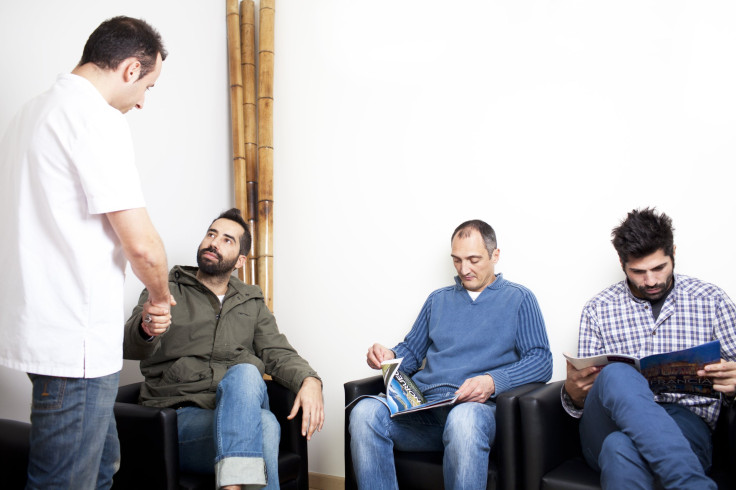Gossip Magazines Disappear From Doctor’s Waiting Rooms Because Patients Like Light Reading

Tis the season for dignified and austere science journals to offer lighter fare to their readers: Every year for the holidays, these most prestigious publications devise clever jokes masquerading as research. And so a new study appearing in the British Medical Journal not only proves the waiting rooms of general practice doctors contain mainly old magazines of a serious nature (such as National Geographic) but offers a reason why: It is the result of a simple patient preference for pilfering new, gossip magazines as opposed to used, more serious journals.
Junk Reading
Where can you find the best magazines lying around for free consumption? While some people believe the manicure parlor provides the juiciest reading material, others swear by their hair dresser, however almost no one says they will find titillating reading material in a doctor’s waiting room. Unfortunately, medical professionals tend to err on the side of informational journals (like Parenting, ho hum, or Time Magazine) instead of displaying the tonier and tackier publications, Vogue, say, and People Magazine, that their patients actually enjoy. Seems doctors can't quite understand that when you’ve got a sharp pain or an ugly rash, the last thing you want to read is the serious stuff. Junk reading (Taylor said what?!), complete with glossy photographs, takes your mind off your troubles more easily.
For the study, a team of Auckland, New Zealand researchers stacked 87 magazines into three mixed piles and placed them in the waiting room of a general practice. Along with the more high-minded magazines, including The Economist, Time, Australian Women's Weekly, National Geographic, and BBC History, the researchers mingled gossipy titles (which they declined to mention for fear of a lawsuit). “We defined a gossipy magazine as one that had five or more photographs of celebrities on the front cover and a most gossipy magazine as one that had up to 10 such images,” wrote the researchers. To establish this as a “blind study,” the researcher placed a number on the back of each magazine.
After setting up the waiting room in this manner, the principal investigator arrived at work 30 minutes early twice a week in order to record missing magazines. After collecting the information and crunching the numbers, what did the research team find?
Nearly half (47 percent) of the magazines had walked out of the waiting room after a month. In particular, current magazines were more likely to up and leave as opposed to older ones. And, gossip magazines disappeared before the serious ones. While the study and its results were straightforward enough, the researchers did run into one problem while designing their experiment:
“The investigators had raised the possibility of having only the non-gossipy magazines in the waiting room to see if they would disappear under similar circumstances,” wrote the authors. “This was immediately vetoed by the methods advice design team (MADT) (our four receptionists), although one team member said we were welcome to conduct this arm of the study provided she was on holiday at the time.”
Source: Arroll B, Alrutz S, Moyes S. An exploration of the basis for patient complaints about the oldness of magazines in practice waiting rooms: cohort study. BMJ. 2014.
Published by Medicaldaily.com



























